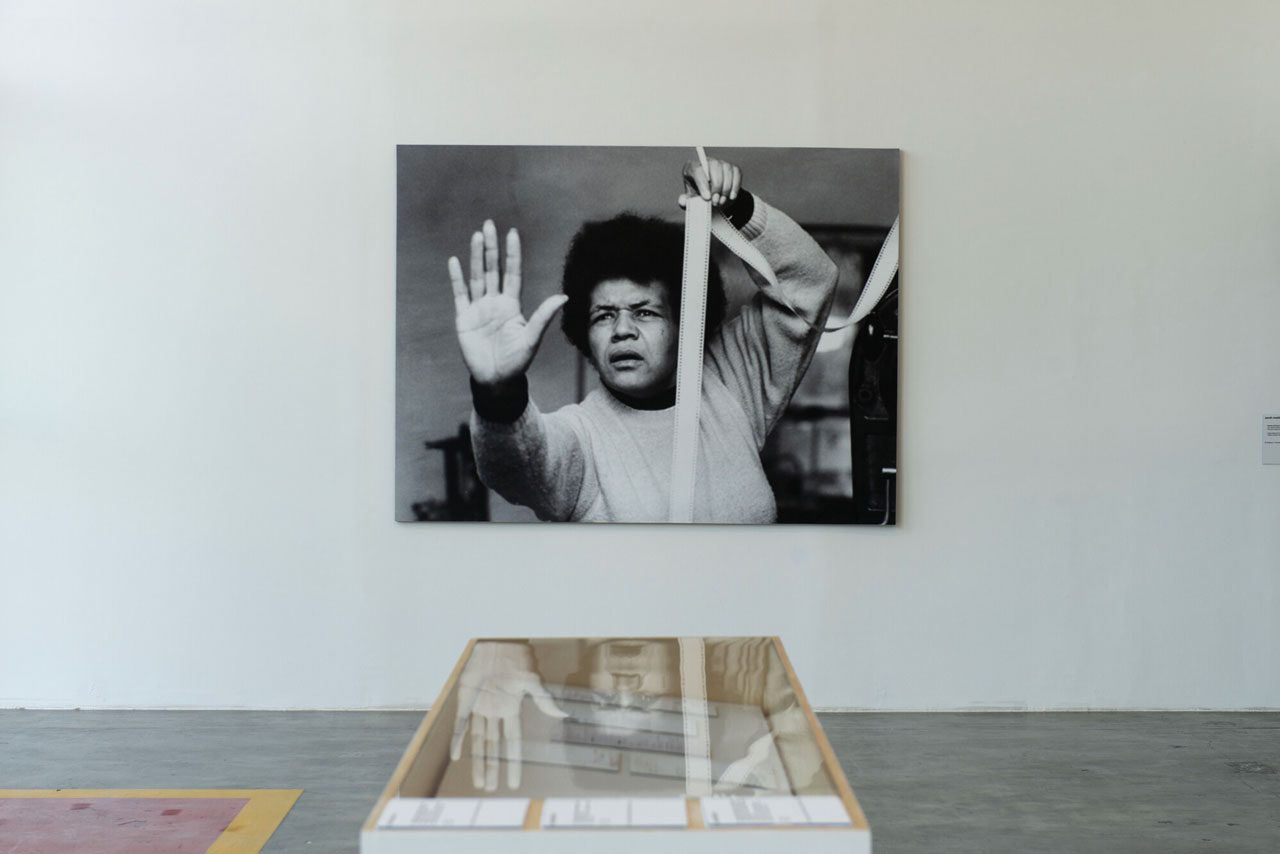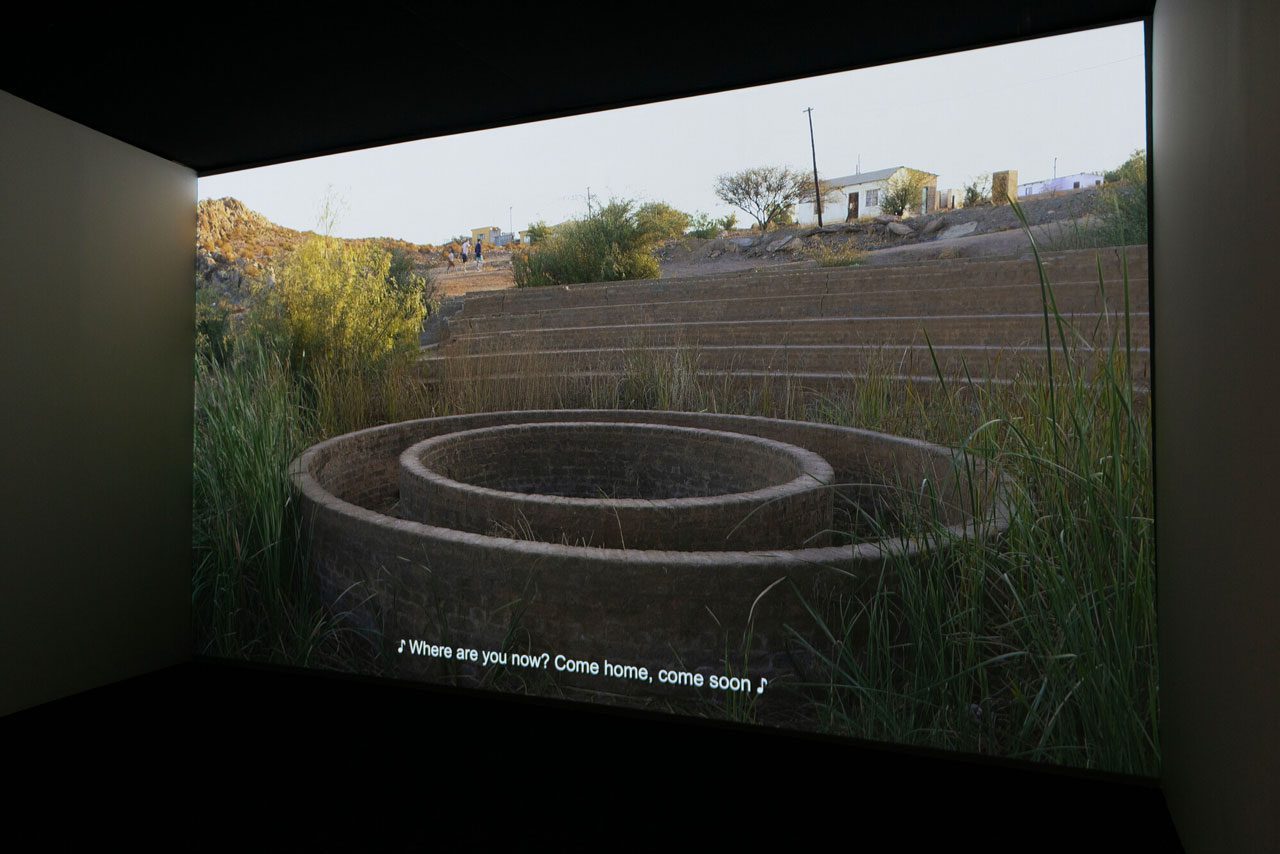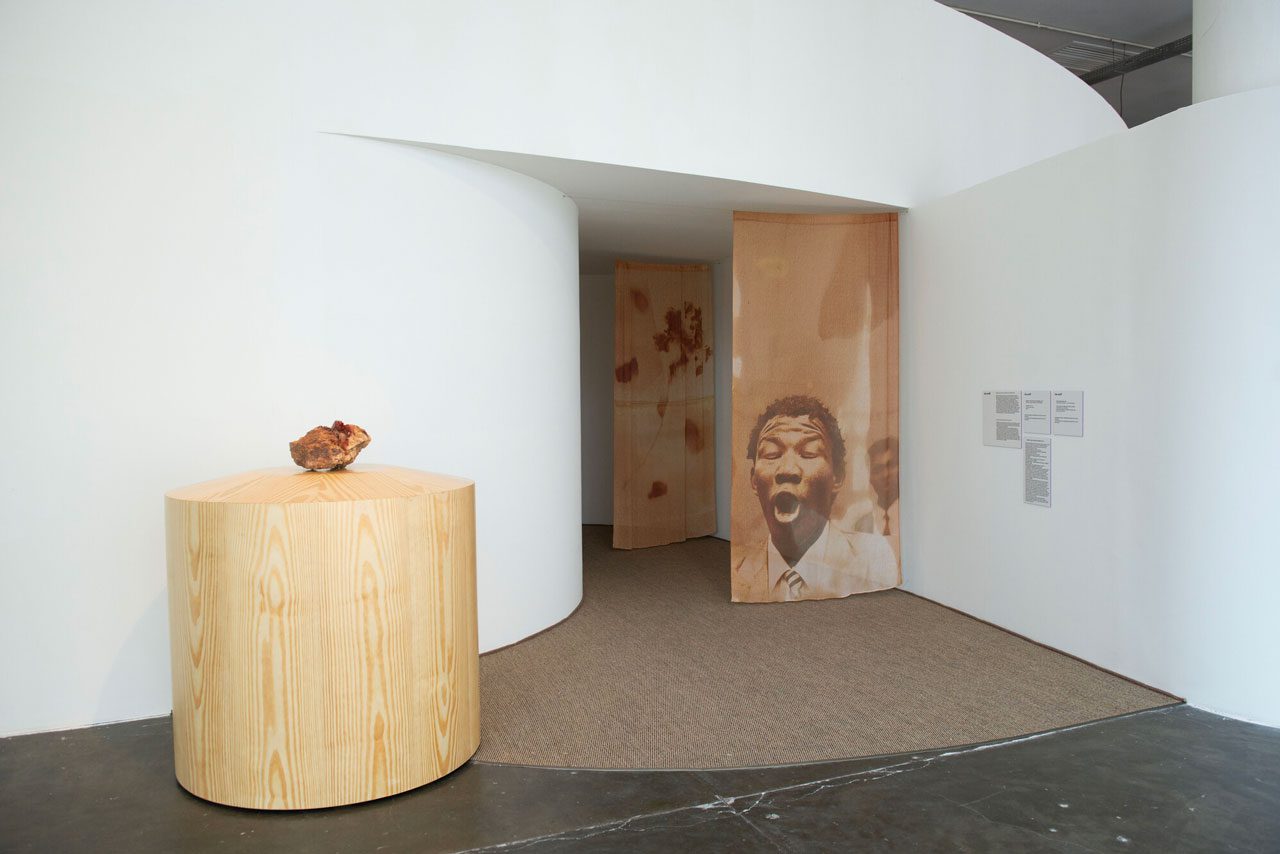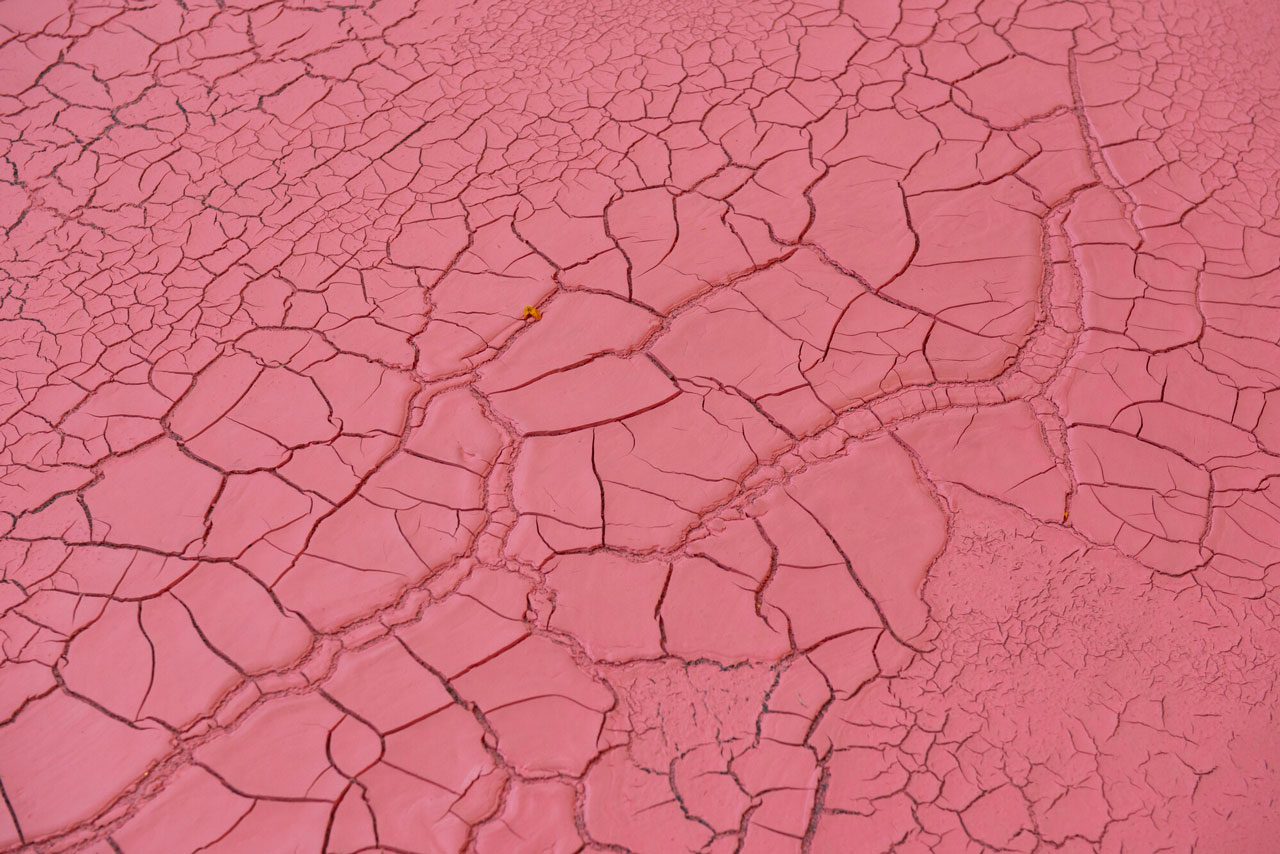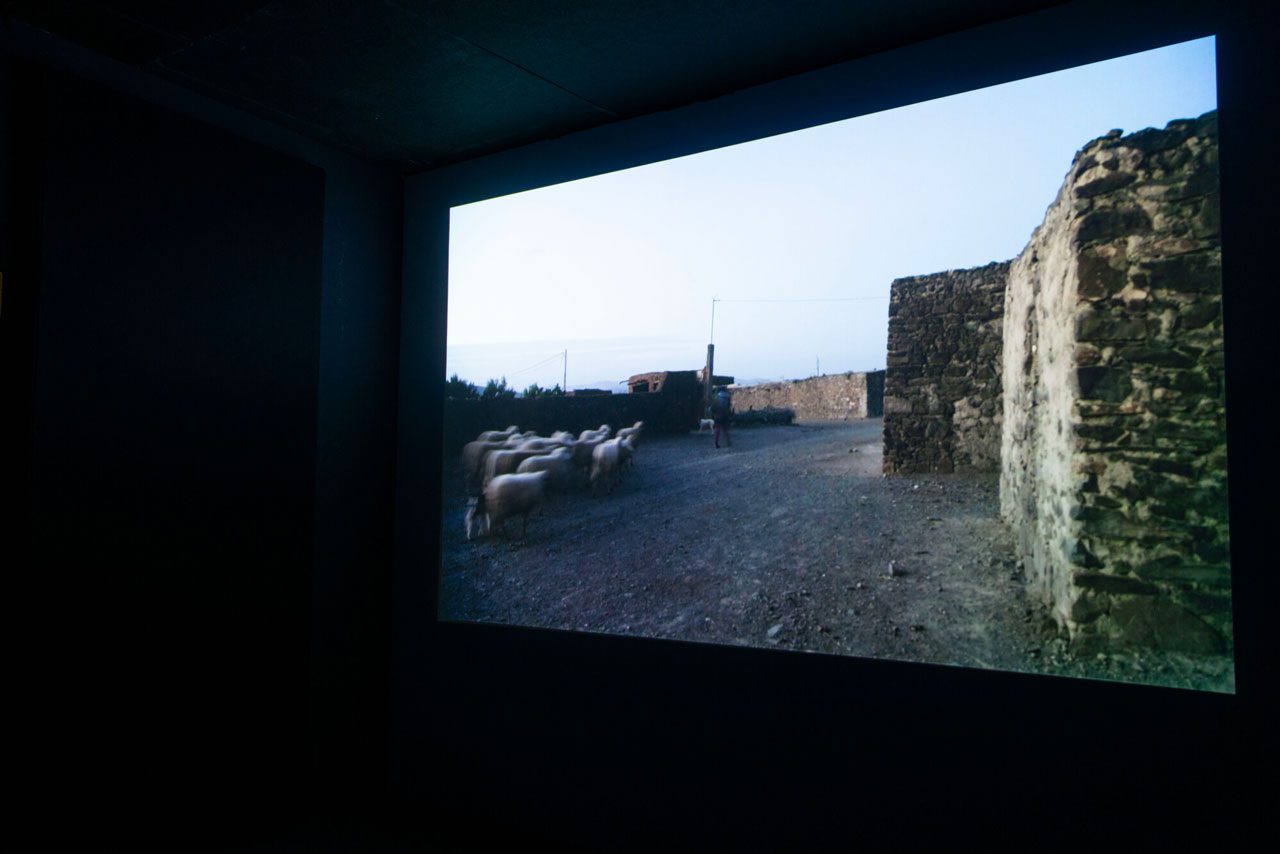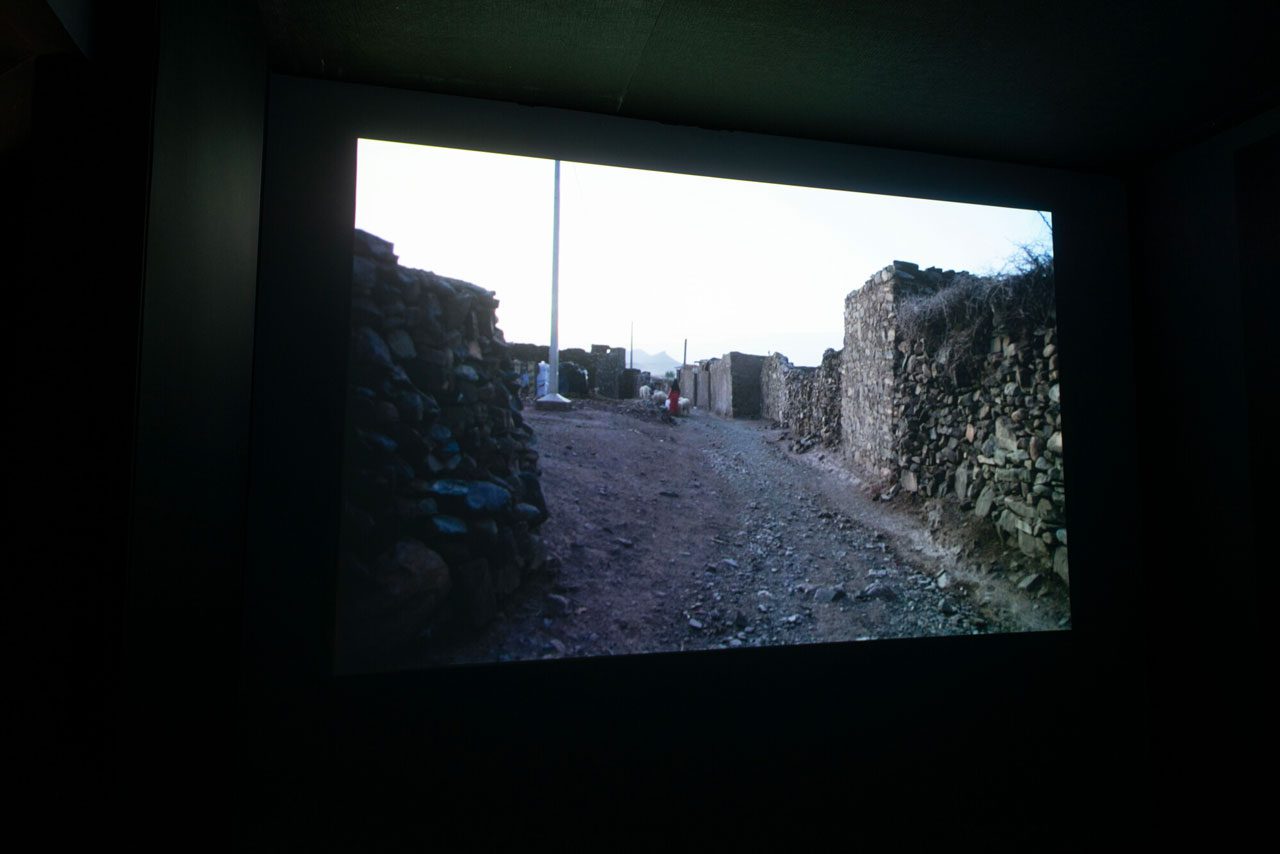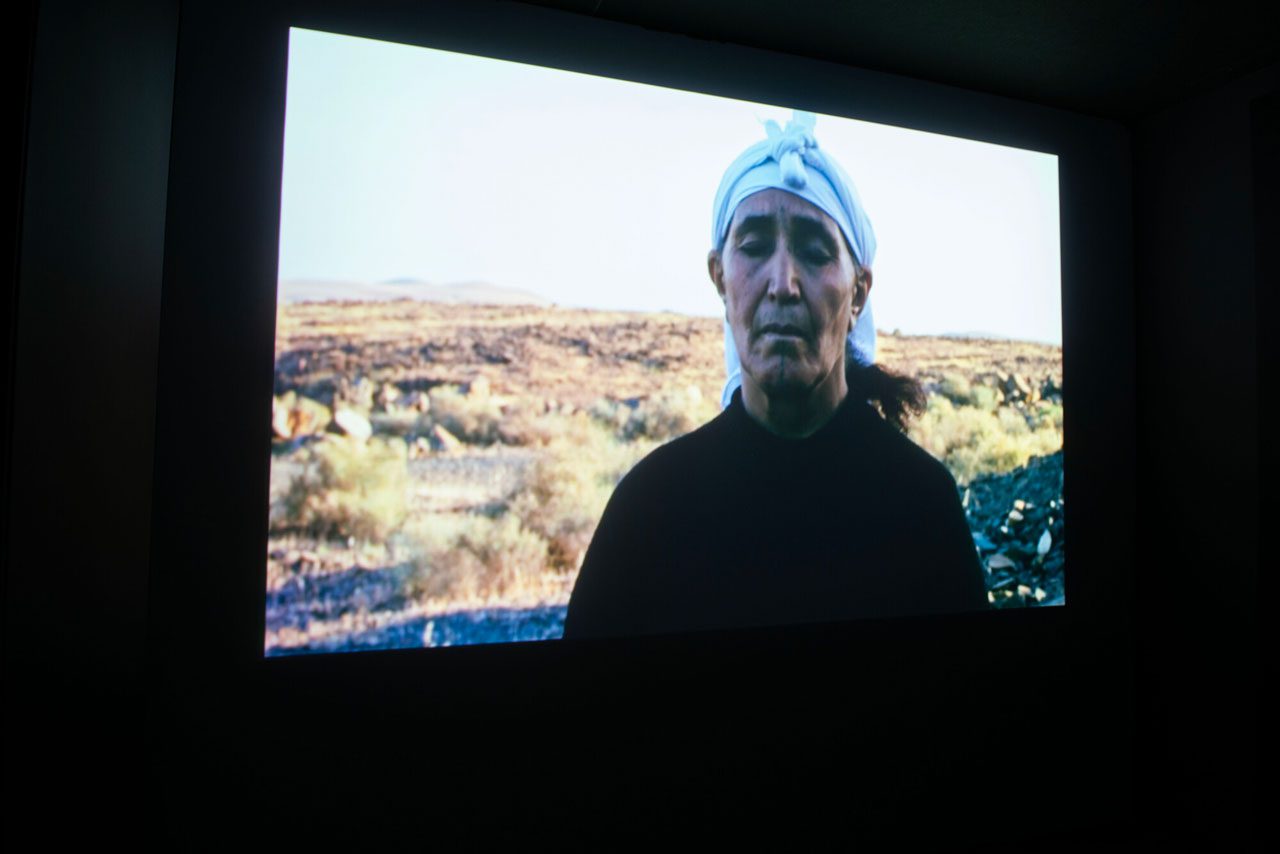BIENNALS: For the 1st time, Bienal de São Paulo travels to Africa
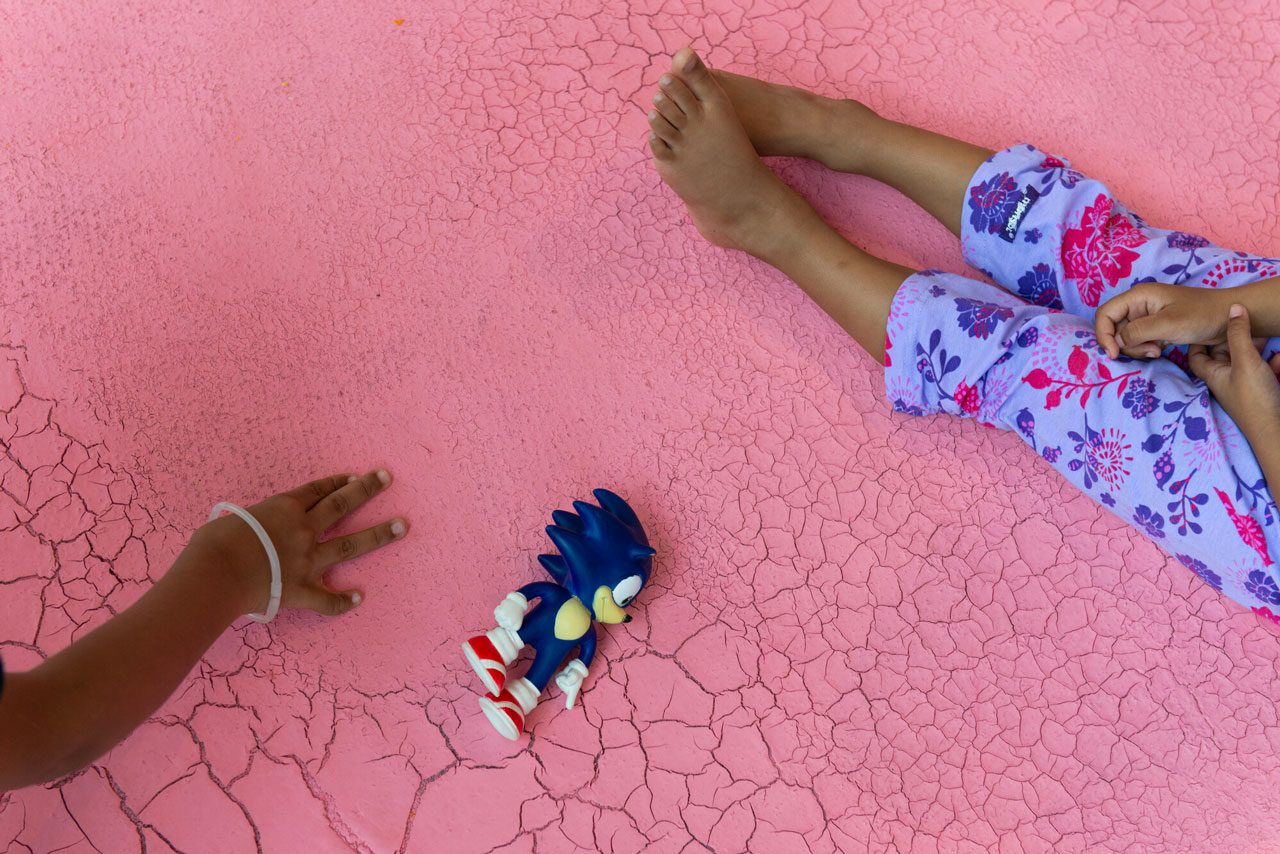 Founded in 1962, the Fundação Bienal de São Paulo is a private, nonprofit institution with no party political or religious ties, whose actions aim to democratize access to culture and foster interest in artistic creation. Every two years, the Fundação holds the Bienal de São Paulo, the largest exhibition of the Southern Hemisphere, and its itinerant exhibitions in several cities in Brazil and abroad. The traveling exhibitions program, which the Fundação Bienal de São Paulo has been running consistently since 2011, the 29th edition of the show.
Founded in 1962, the Fundação Bienal de São Paulo is a private, nonprofit institution with no party political or religious ties, whose actions aim to democratize access to culture and foster interest in artistic creation. Every two years, the Fundação holds the Bienal de São Paulo, the largest exhibition of the Southern Hemisphere, and its itinerant exhibitions in several cities in Brazil and abroad. The traveling exhibitions program, which the Fundação Bienal de São Paulo has been running consistently since 2011, the 29th edition of the show.
By Efi Michalarou
Photo: Fundação Bienal de São Paulo Archive
The 35th Bienal de São Paulo, “choreographies of the impossible” moves towards a new historic milestone by crossing the Atlantic and arriving, for the first time, on the African continent. Organized by the Fundação Bienal de São Paulo and co-organized by the Instituto Guimarães Rosa (IGR), an institution of the Ministry of Foreign Affairs (MRE) responsible for Brazilian cultural diplomacy, the Bienal de São Paulo is traveling to Luanda, Angola, Made possible by Brasafrica and Banco BIR, the exhibition symbolizes an important moment in the history of the Bienal, which seeks to expand its reach and promote cultural dialogue between Brazil and Angola. The traveling exhibition in Luanda is the result of a partnership between the Fundação Bienal de São Paulo, the Instituto Guimarães Rosa and the Embassy of Brazil in Luanda, which share the objective of promoting Brazilian culture internationally. The choice of Luanda as part of the traveling exhibitions program is a recognition of the historical and cultural ties between Brazil and Angola. In 2025, Angola will celebrate fifty years of independence, with Brazil being the first country to recognize this historical occurrence.The traveling exhibition in Luanda brings together eight artists who offer different but complementary perspectives, thinking of the cultural and historical pluralities of the Americas, Europe and Africa. Aline Motta marshals the material of history to make meaning. By turns poet and filmmaker, photographer and performance artist, hers is a speculative practice. Building and bending worlds through the process of annotation and redaction, she speaks into the silence of archival oblivion in order to make visible the unfamiliar and unknown. Beyond the frame of imperial fecundity, lie the intimate narratives she unravels. The forging of Brazilian colonial history has fractured, bleached, burdened her familial lines, which she retraces – following the tug of an umbilical cord, which births her mother, then her grandmother. Across image and text, her epic work “A água é uma máquina do tempo” [Water is a Time Machine] asks, “might it be possible to fabulate new kinship ties, new lineages, and even new forms of filiation? Bouchra Ouizguen: Choreography goes beyond the composition of movement in space, it involves working with time, with the voice, with the affections of those who watch, and with the invisibles that flit between the images in the form of words, memories, or stealthy allusions. The choreographic can occur on stage, but also in a public space, or on a video screen that shows the action of a group of women in a desert. The “Corbeaux [Crows] choir is constituted by women of different ages and backgrounds, so”me of whom have been part since the beginning of Compagnie O. Fatna, Kabboura, Fatéma and Halima were already professionals before meeting Bouchra: they had worked as shikhat, dancers and singers who liven up parties and popular celebrations. If the function of the shikhat can be considered in itself subversive, due to their freedom to address topics forbidden to women in public spaces, in their collaboration with Bouchra they shed the spectacular costumes and masks to expose their bodies, trained in the aita and in popular dance, and build situations of poetic sorority. With a simple gesture, Bouchra and Compagnie O produce a displacement with respect to the hegemonic modes of contemporary dance, while avoiding the exoticization and domestication of the tradition which results of cultural and entertainment tourism. When the subject of conversation is the scale of Carlos Bunga’s work, it will always be lively. Firstly, for an obvious reason, because the theme is common enough in the context of site-specific art and installation. But the real reason lies in the gravitational singularity of the bodies in question. For approximately two decades, Bunga has been building and destroying a work whose evanescent axes insist on messing up the notions of grandeur and measurement in space-time. The monumentality of color, for example. To go beyond painting and canvas, color will need a skin (“Superfície cutânea” [Cutaneous surface], 2015), and a poetics of explosion-expansion through the sensory continuum. Thus it is possible “Habitar el color” [Inhabit the color] (2015–-ongoing), a work that spreads a huge area of paint on the floor and invites the public to take off their shoes and walk into it, to see the color with their feet, to feel the skin on their own skin.
Ilze Wolff: A “practice of care” is a practice of refusal that engenders regard, generosity, and conviviality within and among conditions that would otherwise be represented as abject. Ilze Wolff’s practice of care begins with the recognition of spatial relationships followed by a process of revealing the unexpected and the uncanny among the residue, detritus, depleted conditions, exhausted resources, and overlooked details and existences of daily life. This kind of care is a reclamation of history, self, epistemologies, and liberty that are a priori to European colonization and enlightenment. It is a cultural production of the previously unimaginable yet previously known that produces a poetry that is not romanticized, fetishized, or made sentimental. Januário Jano: In the photographic installation “Baptism” (2019), we observe a set of twenty photographs showing Januário Jano taking off white clothes. The exuberance of the image of the whole draws attention. However, in the research of the materials, any disinterested contemplation is dissolved: the white clothes are memories of the civilizing impositions of the Portuguese colonizers on Angolans. The fabric, 100% cotton, refers to the fields of Baixa do Cassange, where the massacre that ignited the struggle for Angola’s liberation took place in 1961. This dimension of violence – especially the response to it – emerges from a craftsmanship that understands research not as a stage to reach a product, but as the living matter to which the gaze must constantly return when it is willing to propose other worlds. In “Rasura” [Erasure] (2021), Raquel Lima revisits and reinvents a history permeated by trauma – intimate, social, and collective trauma. Between abandonment, ruins, layers of writing and habits, her poetry-performance transposes the many preceding centuries through reminiscences that subsist and return to the surface as if in an eternal cycle. It is not possible to interrupt the time that is running, but Lima finds ways to cross it, shape it with her voice, and decipher it with her body in movement. The word “rasura” is used beyond its semantics, holding in it the key to decoding and translation. And if this word is not the starting point of her thought, it is certainly its point of arrival. From the very choice of her name, taken from the songs of Lautréamont, Sarah Maldoror always combined her vision as a poet with a political expression that rejects institutionalized narratives to compose each of her works: whether written or cinematographic, which add up to more than twenty productions between documentaries and feature films. Different facets of pan-African thought and leading figures in processes of resistance are striking features in Maldoror’s work.A French-Antillean in the Popular Movement for the Liberation of Angola, she filmed the colonial war through the eyes of a woman, in “Sambizanga” (1972) – a film being shown at the 35th Bienal – convinced that the struggle would be doomed to failure if it did not involve the entire population through actions in their daily lives and not merely as a military operation. This work that reveals what has historically been invisibilized is also the artistic legacy built from the perspective of a person who, in Paris, 1956, was the only woman among the 63 delegates at the First Congress of Black Writers and Artists and contributed to the construction of a theater in which African presence supplanted servant characters, with the foundation of the company Les Griots. From the most elementary unit of film – the gaze – towards the unknown until the final consequences, back to the gaze. Questioned, expanded, cut out, turned over, this driving force constantly pulses in Trinh T. Minhha’s work. It is a work that flows – like the water of “Surname Viet Given Name Nam” (1989) – along the paths of cinema, anthropology, post-colonialism, music, and literary theory, areas in which the artist has been intensely producing since the 1980s. The gaze in check: filmmaking, observing the other, the interstitial regions that make us as individuals and groups. “What I see is life looking at me,” as Minh-ha’s voiceover says in “Reassemblage”, a film essay that questions the idea of an ethnography founded in scientific objectivity and the anxiety of a comprehensive record of the real. This questioning is materialized above all in the form, language, and craftsmanship of those who, rather than thinking in the binomial “form-content,” take into account everything that escapes control when considering the politics of “forms and forces” resistant to the unifying logic of genders (according to the theoretical texts of Minh-ha herself).
Participating Artists: Aline Motta, Bouchra Ouizguen, Carlos Bunga, Ilze Wolff, Januário Jano, Raquel Lima, Sarah Maldoror and Trinh T. Minh-ha
Photo: Mediated visit for children up to the age of 9 accompanied by their adults or caregivers with babies on their lap for the month of the child during the 35th Bienal de Sao Paulo. 12/10/2023
Info: Curators: Diane Lima, Grada Kilomba, Hélio Menezes and Manuel Borja-Villel, Instituto Guimarães Rosa, Rua Cerveira Pereira, 19, Coqueiros, Luanda, Angola, Duration: 20/9-8/12/2024, Days & Hours: Tue-Sat 10:00-18:00

